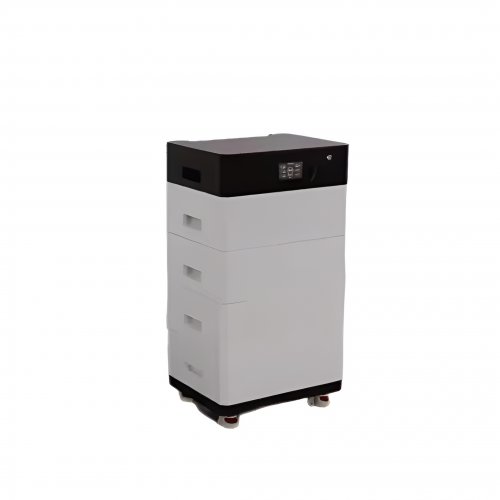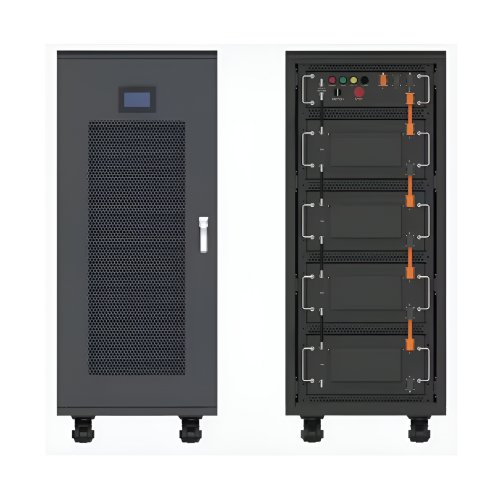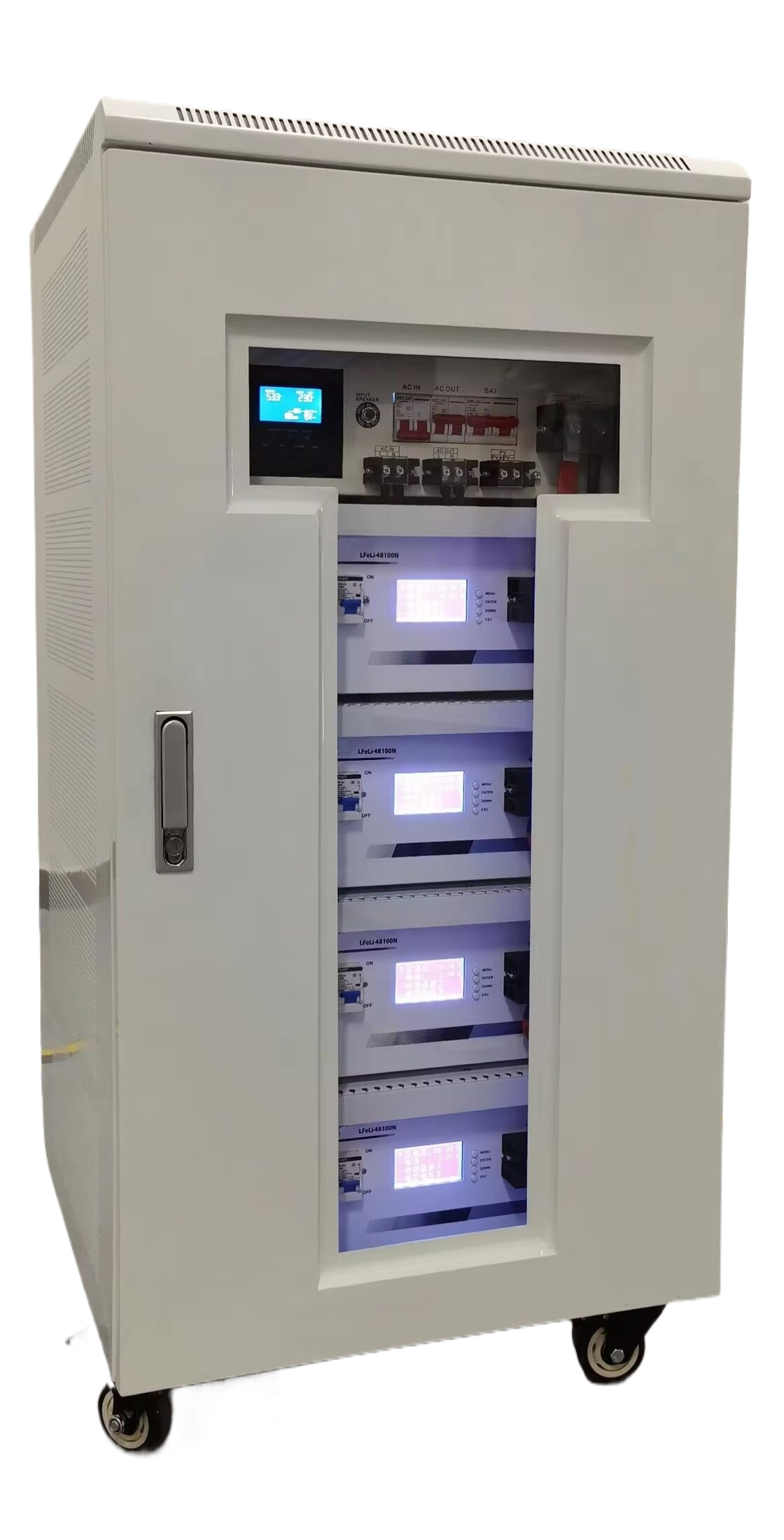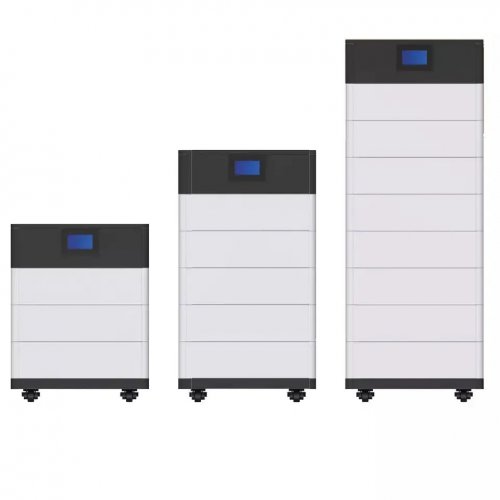Advances In Cost Reduction: Novel Methodologies And Technological Breakthroughs
Cost reduction remains a central objective across industrial and academic research, driven by the relentless pursuit of efficiency, sustainability, and competitive advantage. Recent years have witnessed a paradigm shift, moving beyond traditional lean manufacturing principles to embrace innovative technologies and interdisciplinary approaches that fundamentally alter cost structures. This article explores the latest advancements in cost-reduction strategies, focusing on additive manufacturing, artificial intelligence (AI)-driven optimization, and the adoption of sustainable materials.
A significant breakthrough in production economics is the maturation of additive manufacturing (AM), particularly metal 3D printing. While initially a tool for rapid prototyping, advancements in laser powder bed fusion and binder jetting have enabled its use for end-use parts in aerospace, automotive, and medical industries. The primary cost-saving mechanism lies in its additive nature, which drastically reduces material waste compared to subtractive methods like machining. For instance, General Electric’s adoption of AM for fuel nozzles in jet engines consolidated a component made from 20 separately machined parts into a single, lighter, and more durable unit. This not only slashed material and assembly costs but also improved fuel efficiency, creating a lifecycle cost reduction (Thompson et al., 2020). Furthermore, the digital inventory model facilitated by AM eliminates costs associated with physical storage, tooling, and obsolescence.
Concurrently, Artificial Intelligence and Machine Learning are revolutionizing operational efficiency and predictive maintenance. AI algorithms analyze vast datasets from IoT sensors embedded in machinery to predict failures before they occur. This shift from scheduled to predictive maintenance prevents costly unplanned downtime and reduces spare parts inventory. A study by McKinsey estimated that AI-powered predictive maintenance can reduce maintenance costs by up to 20% and cut downtime by 50% (Barykin et al., 2021). Beyond maintenance, AI optimizes complex systems in real-time. In logistics, machine learning algorithms dynamically route shipments to minimize fuel consumption and delay. In supply chain management, AI forecasts demand with high accuracy, optimizing inventory levels and reducing holding costs. This data-driven decision-making minimizes inefficiencies and waste throughout the value chain.
The push for sustainability has also become a powerful driver for innovation in cost reduction. Research into alternative and bio-based materials is yielding economically viable substitutes for expensive or volatile commodities. For example, the development of carbon fibers derived from lignin, a low-cost byproduct of the paper industry, promises to reduce the cost of carbon composites by up to 50%, making them accessible for high-volume automotive applications (Nguyen et al., 2022). In the energy sector, the precipitous drop in the cost of renewable technologies is a quintessential example. The levelized cost of energy (LCOE) for solar photovoltaics has decreased by over 85% in the past decade, driven by improvements in cell efficiency, manufacturing scale, and novel panel designs using perovskite materials. This was achieved through concerted R&D efforts focusing on cheaper materials and more scalable production processes (IRENA, 2023).
The integration of these technologies presents the next frontier. Digital Twins—virtual replicas of physical systems—are emerging as a powerful tool for simulation and optimization. Companies can test processes, design changes, and operational strategies in a risk-free digital environment before implementing them in the real world, avoiding costly mistakes and identifying the most efficient pathways. For example, Siemens uses digital twins of its factories to simulate production flows, leading to a 20% increase in throughput without significant capital investment (Tao et al., 2019).
Looking to the future, research is poised to unlock further cost reductions through advanced technologies. Generative AI is beginning to be applied to design itself, creating optimized structures that meet performance requirements with minimal material use, a concept known as topology optimization. In biotechnology, engineered microbes are being developed to produce chemicals and materials from waste feedstocks, potentially disrupting traditional extraction and synthesis processes that are both cost-intensive and environmentally damaging. The continued convergence of AI, biotechnology, and advanced manufacturing will likely redefine the limits of cost efficiency.
However, challenges remain. The initial capital investment for technologies like AM and AI systems can be high, creating a barrier for small and medium-sized enterprises (SMEs). Furthermore, the transition requires a skilled workforce, necessitating investments in training and change management. Future research must therefore also focus on developing low-entry-barrier solutions, such as cloud-based AI platforms and on-demand AM services, to democratize access to these cost-reduction tools.
In conclusion, the field of cost reduction is being transformed by a wave of technological innovation. Additive manufacturing is redesigning production, AI is optimizing operations, and sustainable material science is providing cheaper alternatives. The synergy of these fields, exemplified by digital twins, is creating a new playbook for reducing costs not just incrementally, but fundamentally. As research continues, the focus will expand from mere cost cutting to building more resilient, agile, and sustainable systems that leverage these advancements for long-term economic and environmental benefit.
References
Barykin, S. Y., et al. (2021). The Digital Economy: Its Impact on the Economy and Society.Journal of Open Innovation: Technology, Market, and Complexity, 7(1), 45.
International Renewable Energy Agency (IRENA). (2023).Renewable Power Generation Costs in 2022. Abu Dhabi: IRENA.
Nguyen, N. A., et al. (2022). Lignin-derived carbon fiber: A comprehensive review.Green Chemistry, 24(8), 3231-3250.
Tao, F., et al. (2019). Digital Twin in industry: State-of-the-art.IEEE Transactions on Industrial Informatics, 15(4), 2405-2415.
Thompson, M. K., et al. (2020). Design for Additive Manufacturing: Trends, opportunities, considerations, and constraints.CIRP Annals, 69(2), 694-717.
Customized/OEM/ODM Service
HomSolar Supports Lifepo4 battery pack customization/OEM/ODM service, welcome to contact us and tell us your needs.


HomSolar: Your One-stop LiFePO4 Battery Pack & ESS Solution Manufacturer
Our line of LiFePO4 (LFP) batteries offer a solution to demanding applications that require a lighter weight, longer life, and higher capacity battery. Features include advanced battery management systems (BMS), Bluetooth® communication and active intelligent monitoring.

Customised Lithium Iron Phosphate Battery Casing
ABS plastic housing, aluminium housing, stainless steel housing and iron housing are available, and can also be designed and customised according to your needs.

HomSolar Smart BMS
Intelligent Battery Management System for HomSolar Energy Storage System. Bluetooth, temperature sensor, LCD display, CAN interface, UART interface also available.


Terminals & Plugs Can Be Customized
A wide range of terminals and plugs can be customised to suit the application needs of your battery products.

Well-designed Solutions for Energy Storage Systems
We will design the perfect energy storage system solution according to your needs, so that you can easily solve the specific industry applications of battery products.



About Our Battery Cells
Our energy storage system products use brand new grade A LiFePO4 cells with a battery lifespan of more than 4,000 charge/discharge cycles.



Applications in Different Industries
We supply customized & OEM battery pack, assemble cells with wiring, fuse and plastic cover, all the cell wires connected to PCB plug or built BMS.
Applications: E-bike, Electric Scooter, Golf Carts, RV, Electric Wheelchair, Electric Tools, Robot Cleaner, Robot Sweeper, Solar Energy Storage System, Emergency Light, Solar Power Light, Medical Equipment, UPS Backup Power Supply.
We can provide you with customized services. We have the ability to provide a vertical supply chain, from single cells to pack/module and to a complete power solution with BMS, etc.


HomSolar (Shenzhen) Technology Co., Ltd
























